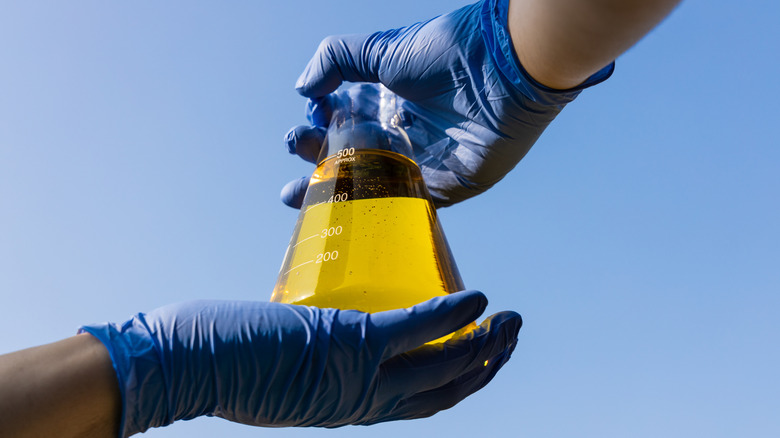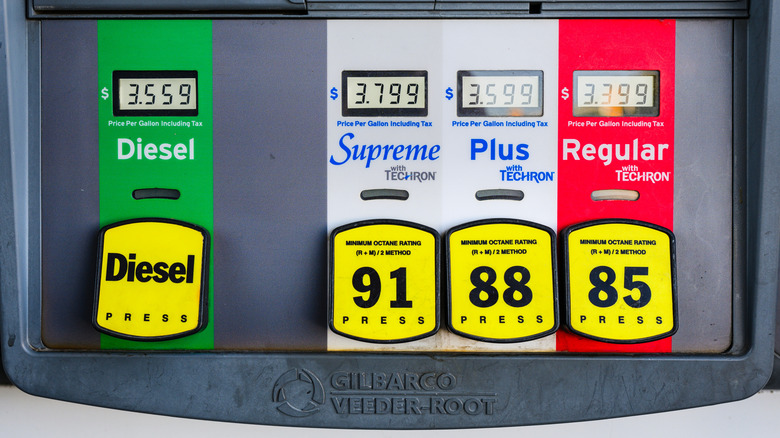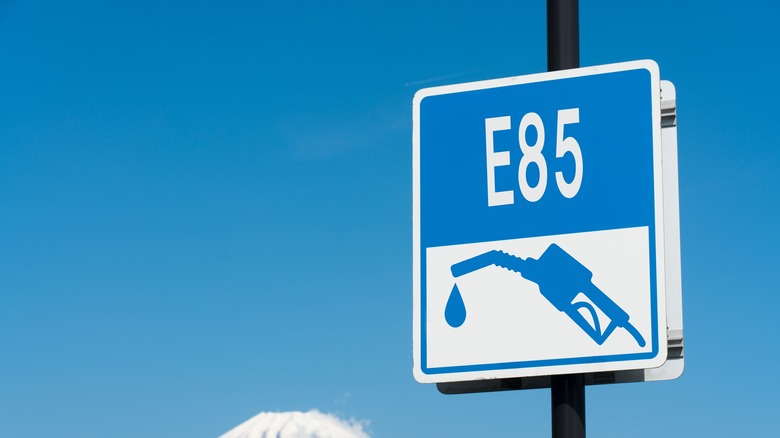How Much Ethanol Is In 87 Octane Gas? (And Can You Use 85 Octane Instead?)
87 octane gasoline, often called "regular" gas, is one of the most commonly used fuels in the United States. But what gives it that 87 rating is a word you've probably heard a time or two: Ethanol. Regular 87 octane gasoline in the U.S. contains about 10% of it. This renewable biofuel (made mainly from corn) is the special ingredient in the blend also known as E10. It's the standard formulation for most fuel sold at American pumps.
Interestingly, the base gasoline in this mixture, known as "sub-octane," actually has a rating of 84 octane. It's the ethanol that boosts the fuel's rating to 87, thanks to ethanol's naturally high-octane value of around 114. So, while many might assume that ethanol is simply an environmentally friendly additive, it's actually doing much of the heavy lifting when it comes to meeting octane standards.
Ethanol isn't just added for performance. It's also a cleaner-burning alternative to petroleum-based octane boosters like BTEX compounds (benzene, toluene, ethylbenzene, and xylene), which are carcinogenic. By using ethanol to reach the required octane rating, gas companies can reduce the toxicity of their fuel, contributing to lower emissions and better air quality. On top of this, ethanol's ability to clean engine components and reduce buildup means it can help extend an engine's life and reduce maintenance costs over time.
Can you use 85 octane over 87 octane gas?
Even with all of this in mind, the idea of using 85 octane gasoline might sound more appealing because of its lower price. However, 85 octane gas is not a simple substitute for 87. 85 octane fuel is available primarily in higher-altitude states like Colorado, Utah, and parts of the Mountain West, where the thinner air reduces the likelihood of engine knocking. In these areas, engines require slightly less resistance to pre-ignition, allowing 85 octane to function safely in certain vehicles.
That said, modern engines (especially those with high-compression designs) are not as forgiving. Modern engines are optimized for higher-octane fuels to both improve fuel efficiency and meet contemporary environmental standards. These engines depend on the higher knock resistance provided by 87 octane or above. Using 85 octane in a newer engine, even at high altitudes, can cause issues like knocking, reduced fuel efficiency, and long-term engine wear. If your vehicle's manual recommends 87 octane or higher, using 85 octane can void warranties and lead to expensive repairs over time.
If you want a cost-effective alternative to 87, E15 (or unleaded 88) is the safer and more effective option. With 15% ethanol and a base gasoline still starting at 84 octane, E15 reaches about 88.5 octane — giving you improved performance at a lower cost than traditional 87.
Other alternatives to 87 octane gas
While E10 remains the standard, E15 is approved for all cars made after 2001. It offers benefits like cleaner emissions, improved combustion, and even better pricing in some markets. Then there's E85, also known as flex fuel, which contains between 51% to 83% ethanol depending on the season and region. While E85 boasts very high octane ratings above 100, it's only suitable for flex-fuel vehicles (FFVs). These vehicles are specially designed to adapt to different ethanol-gasoline ratios.
Broadly speaking, ethanol is far from a perfect fuel. It requires a ton of farmland to produce, not to mention its water absorption properties that make it harder to store and transport. Still, its renewable nature and environmental advantages make it an important steppingstone toward cleaner combustion engines. If you're presented with a choice between 87 octane and 85 octane, either stick with 87 or go for an alternative like E15 for a smarter compromise instead of using potentially harmful 85 octane.


